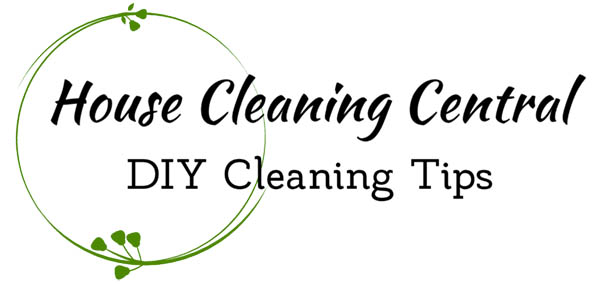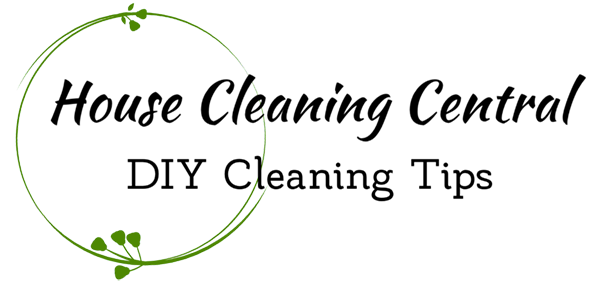Clothing Stain Removal

How to Remove Clothing Stains
You need to act quickly in order to remove stains from clothing. Blot the stain as much as possible, and using the correct product for your fabric type almost always results in saving your garment. The sooner you address the stain, the faster and the easier it comes out.
Before you Start:
These are the questions you’ll need to ask prior to starting the stain removal process:
- What type of fabric is stained?
- Does the fabric have a finish?
- What does the stain consist of?
- Check the label. Is the clothing washable, or dry clean only?
- Is the fabric surface rough or smooth?
- Is the color light or dark?
I’d estimate that about 85% of the stains and miscellaneous spots on clothing, can be removed by simply blotting the stain and rinsing in cold water right when it happens.
The others that cause more issues are greasy oily stains, which require a detergent and warm water to remove. Don’t use a detergent on a stain unless you know it has grease in it. Also don’t ever use hot water on a stain, as it most always will set the stain. (The exception here is berry stains, hot water will remove them)
Hot water sets all stains of blood, meat or eggs. Items with a high sugar content will actually burn or crystallize if subjected to heat such as the clothes dryer or an iron. The rule with working on stains is to never dry the clothing in the dryer, (air dry only) when working on a stain unless you are certain the stain is removed entirely.
The Stain Removal Process
Assuming you have the correct product for removing clothing stains, the actual clothing stain removal process is simple:
- Blot up the stain as much as possible
- Set the fabric that is stained face down (stain down) on a paper towel
- Apply your stain remover cleaning products
- Rub in with finger tips, blot, rinse, blot again
- Check the stain.
You should always work from the back of the source of the stain- likely the back of the fabric to push the stain out and not actually force the stain out through any unstained portions. Also work from the outer edges of the stain first, while working towards the center of the stain. Do not saturate the stain, as you do not want to dilute and enlarge it. Also treat the fabric gently and blot don’t rub. You do not want to fray or damage the fabric surface.
Wine Stains
Flush wine stains with club soda then rinse with hot water.
Rust and Iron
Rust stains will come out easily if you use Wink rust stain remover. Read the product directions carefully and use gloves and eye protection
Tree Pitch
Summertime and school’s out. Kids love to romp in the yard and come in covered with all kinds of sticky stuff on their pants and shoes. If the sticky stuff smells like pine, it’s no doubt pitch from evergreen trees. If the pitch stain is not treated quickly and properly, the pitch is in to stay.
Scrape off what you can, then rub lard or butter into the remaining stain. Work it in well, then add a few drops of liquid, biodegradable dish washing detergent. Scrub between your fingers and rinse out. If necessary, repeat until the stain is gone.
Ink Stains
Ink comes out easily with hairspray or alcohol.
Grease and Butter
For grease and butter stains, use a stain treatment and launder as usual.

